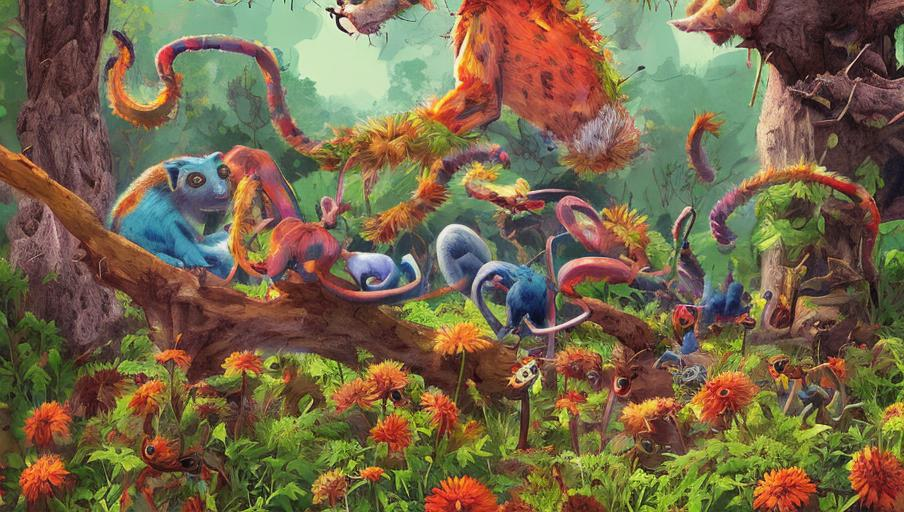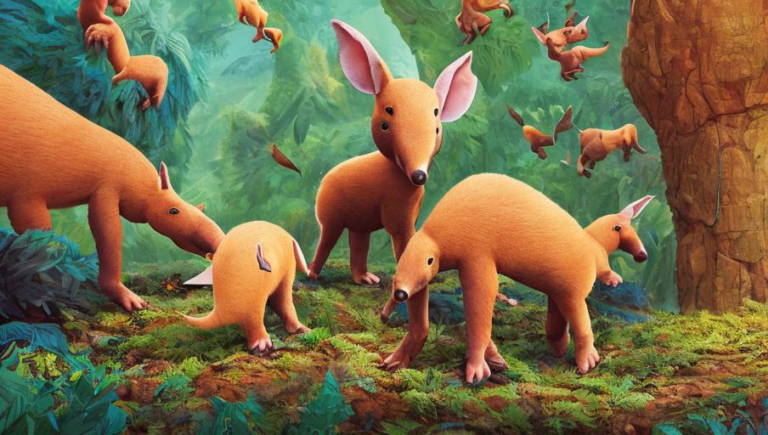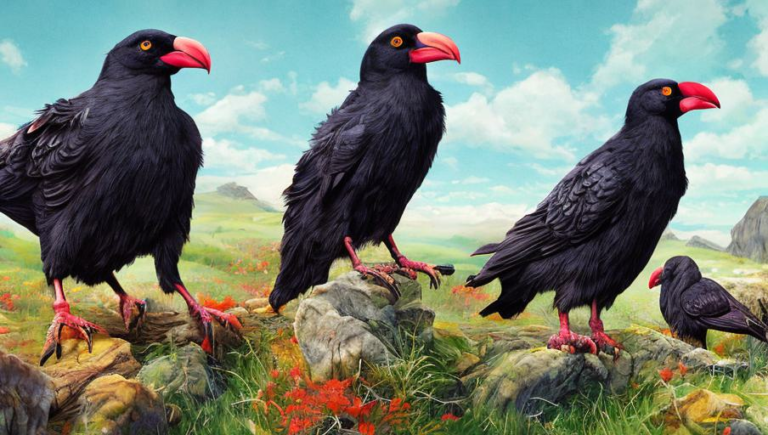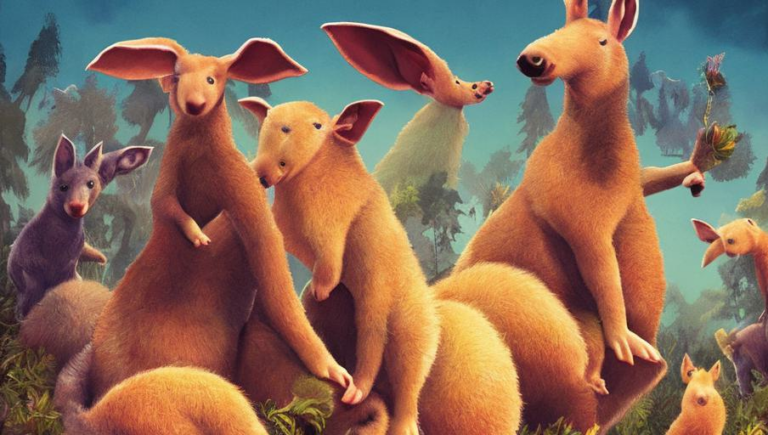Vulnerable Species of Ants

Introduction
Ants are among the most diverse and successful species on earth, with over 12,000 species of ant known to science. They can be found in almost every environment on earth, from deserts to jungles to even your own backyard. Ants are an important part of any ecosystem, and some species are more vulnerable to extinction than others.
The Threats To Ant Species
Ant species around the world are threatened by habitat loss, climate change, and human activities. As human populations expand and more land is transformed for urban and agricultural use, ant species are losing their habitats and resources. Climate change is also a major threat to ant species, as rising temperatures can cause shifts in food sources and water availability, creating a greater risk of extinction.
Vulnerable Ant Species
The Atta cephalotes or leaf-cutter ant is one species of ant that is particularly vulnerable to extinction. This species of ant is found in the tropical rainforests of Central and South America and is an important part of the ecosystem in these regions. They play an important role in the decomposition of organic matter and are a food source for many other animals. However, their populations are declining due to deforestation and the destruction of their natural habitats.
Another vulnerable species of ant is the Myrmecocystus mexicanus, or Mexican honeypot ant. This species of ant is found in the deserts of the southwestern United States and northern Mexico and is a keystone species in the region. They are an important food source for many animals, and their populations are threatened by urbanization and climate change. They are also particularly susceptible to the effects of climate change, as their food sources are becoming increasingly scarce.
Protecting Ant Species
In order to protect these and other vulnerable species of ant, it is important that governments and organizations work together to create policies that protect their habitats and resources. This can include creating protected areas where ant species can thrive and creating laws that limit the destruction of their habitats. Additionally, organizations can work to restore damaged habitats and provide resources to support ant populations.
Conclusion
Ants are a vital part of many ecosystems around the world and provide important services such as decomposition of organic matter and food for other animals. Many species of ants are vulnerable to extinction due to habitat loss, climate change, and other human activities. It is important that governments and organizations work together to protect these species and their habitats in order to ensure their continued survival.





